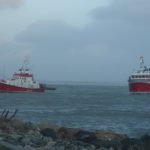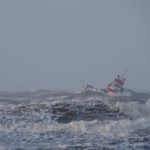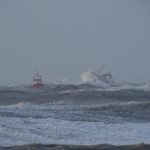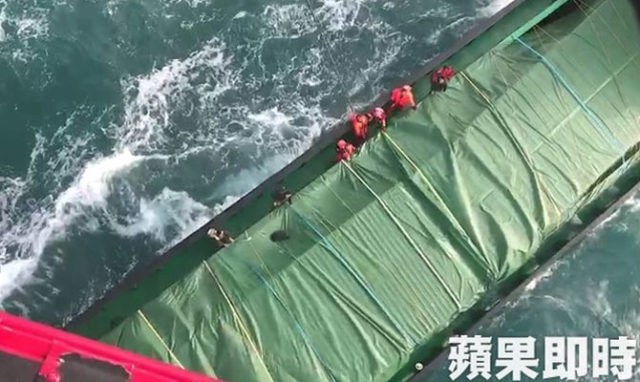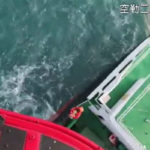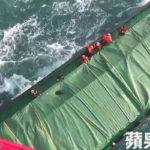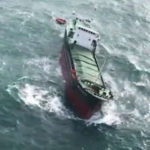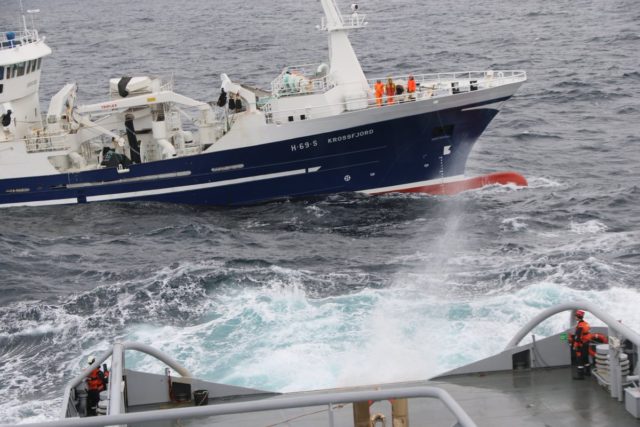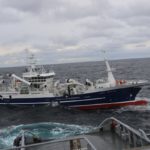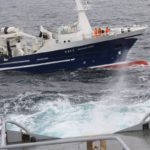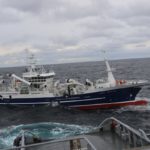Ocean Freja
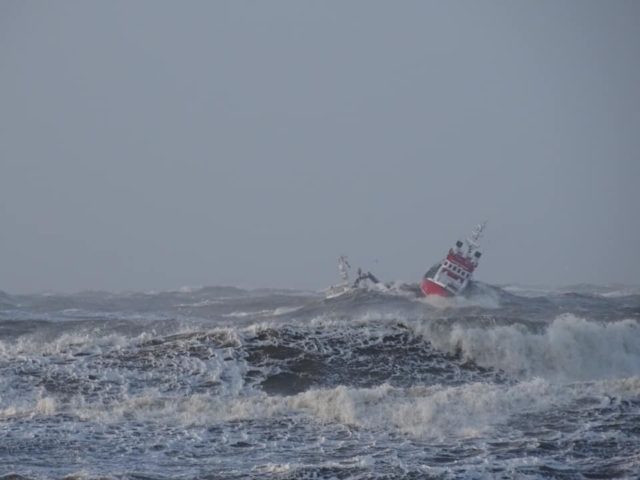
On February 21, the 21 meter long, 145 gt fishing vessel Ocean Freja became disabled in the North Sea off Thyborøn, Denmark. The Ocean Freja had lost power after an engine failure and gone adrift 30 miles off shore. The crew requested assistance with the lifeboat Martha Lerche responding. Large waves caused by the stormy conditions made connecting the towline difficult, but the Martha Lerche was able to take the Ocean Freja under tow. The two vessels arrived safely in Thyborøn. No reports of injuries, damage or pollution released.
